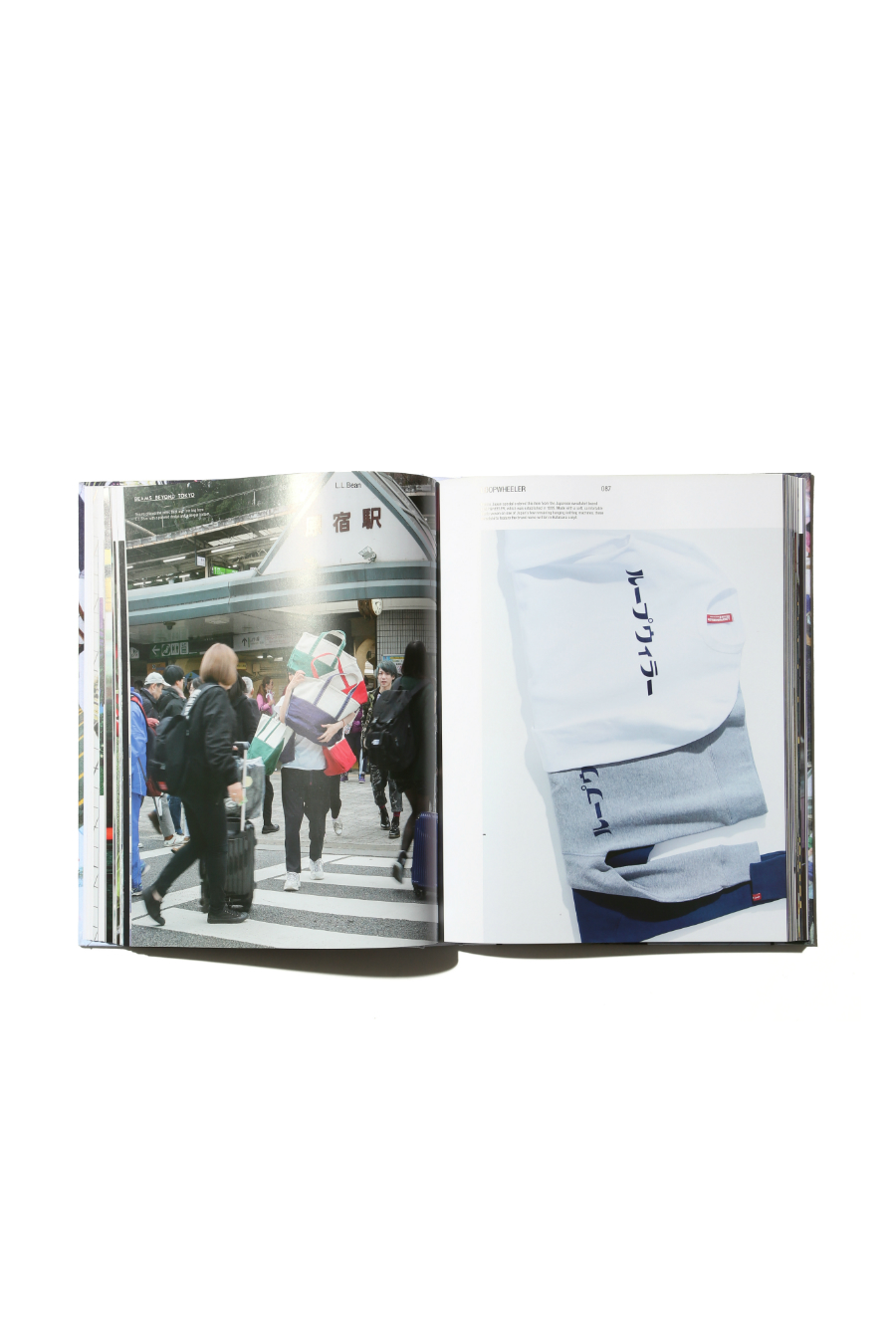In 1976, Yo Shitara set up his dorm room in Harajuku, Tokyo. He called it Beams, a place not for studies but rather a shop for American collegiate fashion—blazers, button downs, crewneck sweatshirts, Oxfords—a style that was trending in Japan at the time. “We brought the image of a UCLA dorm room and made it into a shop,” Shitara says through an interpreter, lounging casually on a couch at the Fairmont Pacific Rim during a rare interview. “As a child I would see America on TV and I would dream about the clothes that they would wear on TV and the lifestyle, as well. I couldn’t buy those things, and there was no information anywhere, so I wanted to start a business where I could bring it to Japan.” So, just in his mid-20s, Shitara began embarking on his own buying trips to the States, gathering American goods and bringing them back to his small Tokyo shop. “People like myself who were interested in these styles, but had no way of buying them, would come from near and far,” he recalls.
Today, Beams, which sells both its own products and others sourced from around the world, is recognized as one of finest purveyors of style, not just in Japan but globally. Collaborating with iconic brands like Nike, Adidas, Levi’s, L.L.Bean, The North Face, and many others over the past 40 years, Beams has brought an elevated, refined sensibility to clothing and accessories—items stripped down to their essence. The retailer’s pop-up as part of “Japan Unlayered” at the Fairmont Pacific Rim is another elegant version of this ethos: stainless steel hand-crafted sake cups, , simple logo tees, traditional Japanese fans, finely-made leather wallets.
“We were just trying to push it, push the style, but then looking years back, you see that you’ve kind of created history.”
“Basic and exciting is the core concept of Beams,” Shitara explains, handsomely dressed in a navy linen blazer, jeans, and Doc Martins. “The concept is saying that the basics are the most exciting things. Not only in fashion but in furniture or in any other lifestyle objects, the basic products are what we will always have.” The temporary Vancouver shop’s offering is a Beams sub-brand (of which there are many) called Beams Japan, a specially tailored representation of not just what the company represents, but what the country represents, as well. “We brought things from a variety of the different categories that we have at Beams Japan,” says Shitara. “Japanese culture isn’t really one layer; it is in both extremes, especially at Beams. We do both the very authentic and craftsman artisans items, versus the pop culture and the young trending cultures right now. We put them together and we edit on one floor.”
This core principle is present in all of the many iterations of and collaborations by Beams, and is eloquently told through the company’s newest book, Beams: Beyond Tokyo from Rizzoli New York. “Last year being our 40th anniversary, we wanted to have something commemorative so we could record what we have done for the past four decades,” says Shitara. “We looked at what story we wanted to tell most, and it was these wonderful collaborations that we have done with the great partners that we found as we grew.” The narrative is conveyed with photography by giants such as Terry Richardson and Mark Borthwick, as well as sketches and essays by those who have worked closely with the brand over the decades.
Fashion, its ebbs and flows, refuses to slow down, and even after so many seasons, Shitara explains there are still challenges, still obstacles. “Fashion moves really rapidly in Japan. So after one boom comes another, and it just suddenly changes,” he says with a wide smile. “I think the biggest challenge is to know when to stop the boom, to know when to stop and when to change to the next boom. But also the best part about my job is several years after, you notice, ‘Oh, we kind of created that ‘70s trend,’ or, ‘We created that modern furniture trend.’ Things that we weren’t aware of at that time, we were just trying to push it, push the style, but then looking years back, you see that you’ve kind of created history.”
Even as Beams continues to expand on a global scale, Shitara remains inspired by the streets that surround his very first shop. “What’s interesting about us being in Harajuku is it’s where street style is born. So in contrast to the collection cities, Paris, Milan, where the collections kind of trickle down, in Harajuku it is the opposite: the street works its way up,” he says. “We are always attentive to what’s going on in the fashion world, but we are also very in tune with what’s being made on the streets. We try to be in the middle, and that’s our role—to make the best of the two worlds meet at Beams.”













